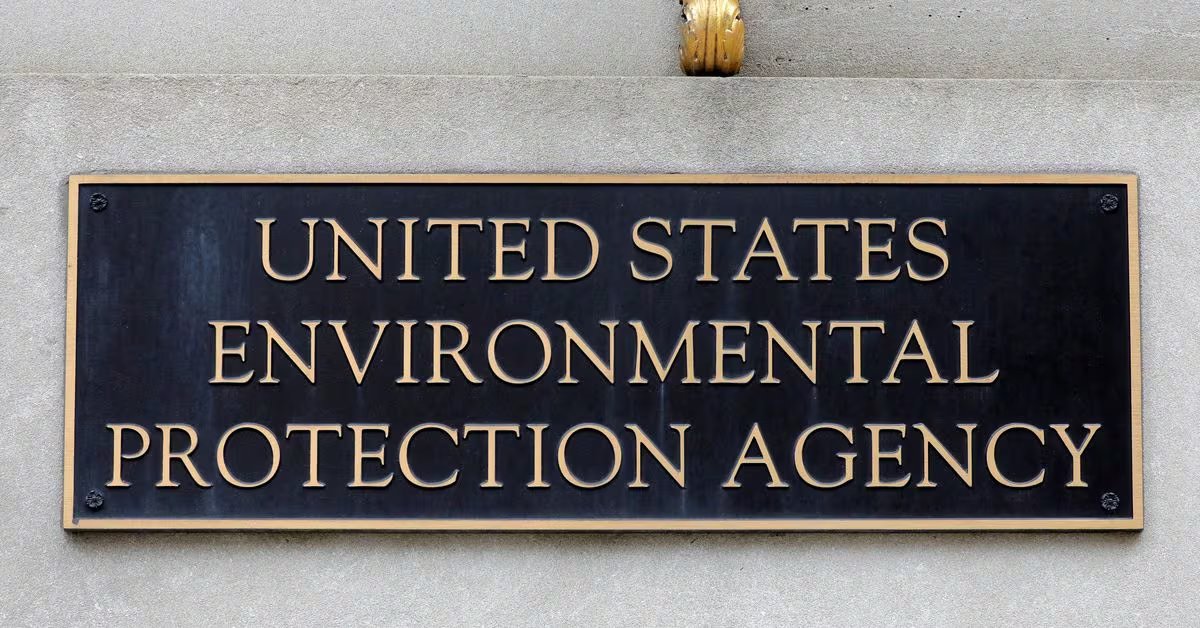United States: It is being proposed by the US Environmental Protection Agency (EPA) to label nine out of the thousands of PFAS “forever chemicals” as hazardous.
Know more about PFAS
According to CNN Health, PFAS and its expanded form, called per- and polyfluoroalkyl compounds, are considered a “forever chemical.” It is said that it takes a long time to break down in the environment as well as in the human body.
These are found in hundreds of various places, such as many household items and drinking water systems. Moreover, they are thought to be in the blood of 98 percent of the human population!
Changes in PFAS regulations are sought: Experts
Experts believe that it would be made easier for the government to find solutions to the problem of PFAS if their regulations were changed, which would be as a part of its cleanup program, as stated by EPA.
For PFAS, the first-of-its-kind national drinking water standard for PFAS chemicals was proposed by EPA in 2023.
Moreover, Michael Regan, the EPA administrator, stated, “Thanks to strong partnerships with our co-regulators in the states, we will strengthen our ability to clean up contamination from PFAS, hold polluters accountable, and advance public health protections,” reported CNN Health.
According to the EPA, it has been proposing to change the definition of hazardous waste in relation to cleanups at permitted hazardous waste facilities.
On Wednesday, a proposal to make changes in the Resource Conservation and Recovery Act regulations was also signed by the agency. The amendments would add some of the most common PFAS compounds, their salts, and structural isomers to a list of “hazardous constituents.”
To consider a chemical as a “hazardous constituent,” according to EPA regulations, it is said that the studies must show that- the chemical is a threat to human health or “other life forms.”
As reported by CNN Health, it must also reveal that the chemical is toxic. In order to do so, it must show that it can cause cancer and that it is mutagenic, which means it could induce a change in the DNA and can harm a cell, potentially leading to cancer, as reported by CNN Health.

Additionally, if it is teratogenic, it represents that the chemical can disturb the growth and development of an embryo or fetus.
What more the studies have revealed about the harms of PFAS?
Studies done for years have revealed that these chemicals are much more harmful to human health than scientists initially thought.
They are dangerous to levels thousands of times lower than previously believed.
Reproductive problems, heart diseases, breathing-related problems such as asthma, and problems related to the immune system, in addition to cancers, are believed to be the major effects of exposure to PFAS chemicals.
About the proposal to regulate nine PFAS
There are thousands of such chemicals that are being used to make coatings and products that can repel water, oil, grease, and heat. These chemicals are also found in cookware, clothing carpets, and many household products. Out of a thousand, the EPA proposed banning nine of them.
High concentrations have even been found as far away as the Arctic and in the blood of animals that live in areas that presumably have little opportunities for direct exposure to these human-made chemicals, reported by CNN Health.
Before it could become official, the EPA must seek input from the public. The public comment period is open for 60 days after it is published in the Federal Register,
Comments by environmental experts
As per the Environmentalists, it is a good first step by the EPA; however, groups like the US PIRG Education Fund and Environment America Research and Policy Center have urged the EPA to ban the entire class of PFAS chemicals and not just the nine.
As per the CNN Health reports, there are more than 12,000 forms of PFAS chemicals in the environment.
According to Emily Scarr, who. is the director of the US PIRG Education Fund’s Stop Toxic PFAS campaign– “For decades the chemical industry has polluted our communities with toxic ‘forever chemicals,’ putting our health at risk,”
Additionally, She further stated, “The EPA’s proposal is a welcome step toward cleaning up contamination. To fully prevent harm from PFAS, we need to phase out the use of the entire class of PFAS and regulate them as a single class. Otherwise, our regulators and lawmakers will be stuck playing an endless game of whack-a-mole.”












Leave a Reply